Are your pumpkin seeds good to go? We’re here to help you find out the answer.
Checking if your pumpkin seeds are viable is very important. It means you won’t waste time and effort on seeds that won’t grow. Plus, it’s a great first step to having a successful garden. In sustainable gardening, making sure every seed can grow is a big deal.
To know if pumpkin seeds are viable, you can conduct a water test where viable seeds generally sink, or a germination test using the paper towel method. It’s essential to use viable seeds to ensure a successful harvest. Remember, viable seeds have a higher chance of germinating and producing healthy plants. Always test your seeds before the planting season to enjoy a fruitful gardening experience.
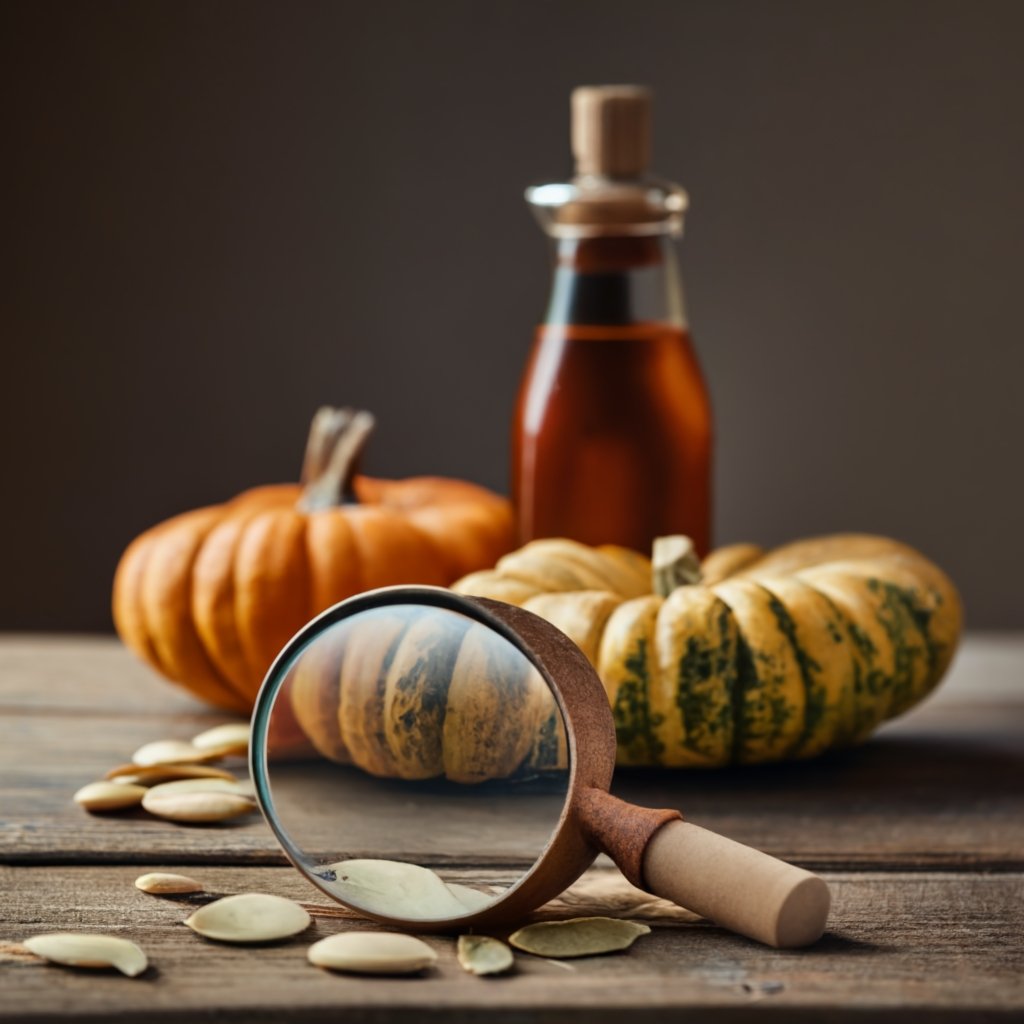
Stay with us for some great tips on getting your garden ready for a bumper crop of pumpkins. Let’s make your garden a place of growth and plenty, the eco-friendly way.
Understanding Seed Viability
Let’s dive right into the heart of gardening – understanding seed viability. It’s a term that often pops up in gardening circles, but what does it truly mean? Let’s break it down in simple terms.
What is Seed Viability?
Seed viability refers to a seed’s ability to germinate and grow into a healthy plant. It’s like a green signal that tells you the seed is ready to sprout and kickstart its journey from soil to sunshine. Knowing how to tell if pumpkin seeds are viable can be a game-changer in your gardening adventure.
Handy Hint: To check the freshness of your seeds, try the pinch test. Viable seeds are usually firm, while old or non-viable seeds might be shriveled or easily crushed.
The Significance of Seed Viability in Gardening
Why fuss about seed viability? Well, it’s simple. Viable seeds are your ticket to a thriving garden. They ensure that your efforts don’t go in vain, leading to a garden that’s both vibrant and fruitful. It’s a vital step in sustainable gardening, helping you avoid waste and promote healthy growth.
Seed Viability vs. Vigor
Now, you might wonder about the difference between seed viability and vigor. It’s quite straightforward. While viability is all about the ability to germinate, vigor takes it a step further. It refers to the seed’s potential to grow robustly under various conditions. It’s not just about sprouting; it’s about thriving in different soil types, weather conditions, and resisting diseases.
| Aspect | Seed Viability | Seed Vigor |
|---|---|---|
| Definition | Ability to germinate and grow into a plant | Potential to grow robustly under various conditions |
| Focus | Germination | Growth and resilience |
| Importance | Ensures successful germination | Guarantees strong and healthy growth |
Understanding the nuances between seed viability and vigor can guide you in selecting the best seeds for your garden, setting the stage for a successful gardening season.
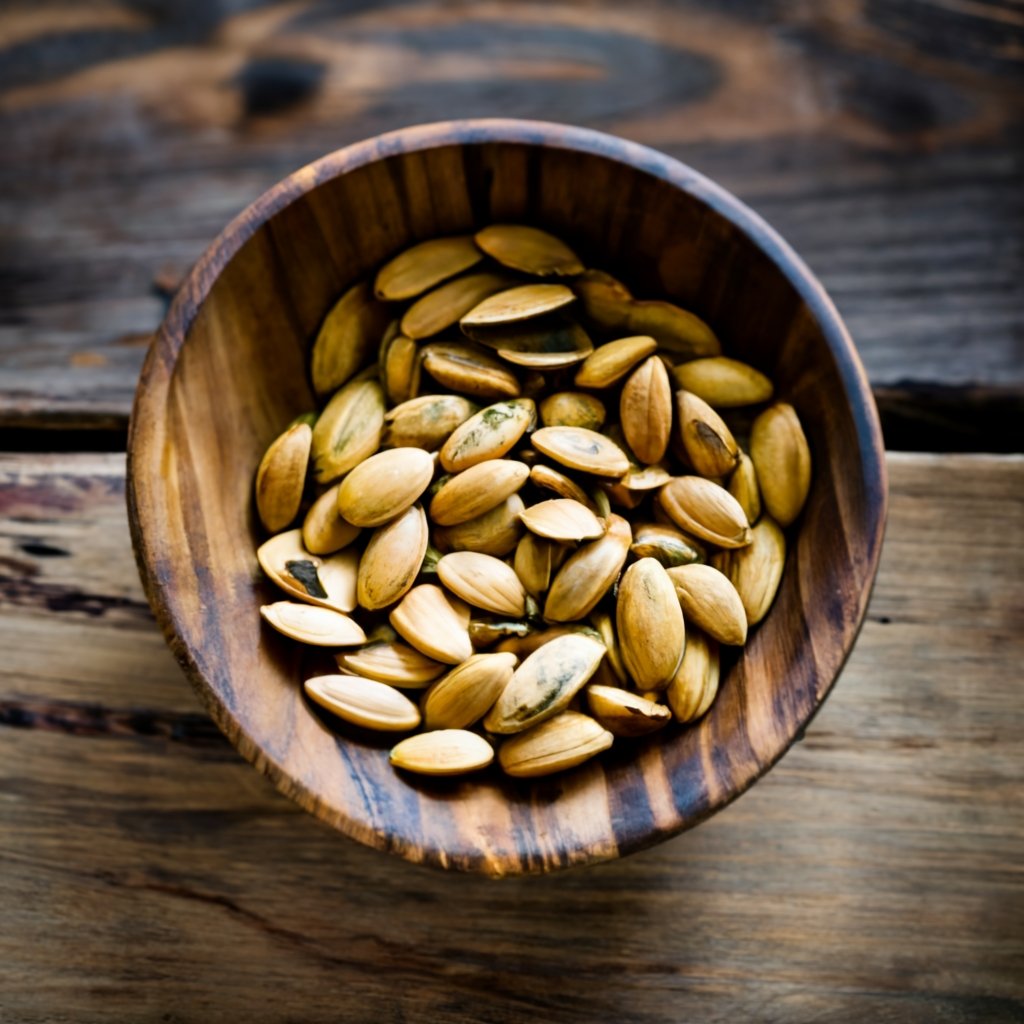
Common Myths and Facts about Pumpkin Seed Viability
When it comes to determining the viability of pumpkin seeds, several myths float around, especially concerning the floating or sinking of seeds in water. Let’s debunk some of these myths and set the record straight.
Do Viable Pumpkin Seeds Float or Sink?
There’s a common belief that viable pumpkin seeds will sink while the non-viable ones will float. However, this isn’t a foolproof method. Various factors can influence this, including the seed’s size and its moisture content. So, how to tell if pumpkin seeds are good for planting using this method? It’s best to combine it with other tests to get a more accurate picture.
Handy Hint: To enhance the accuracy of the float test, combine it with a germination test. This way, you get a clearer picture of the seed’s viability.
What Does a Floating Seed Mean?
A floating seed often raises eyebrows, signaling potential non-viability. But it’s not a clear-cut verdict. Seeds might float due to air pockets inside, which doesn’t necessarily mean they are unfit for planting. It’s essential to not solely rely on this method and to conduct further tests to ascertain the seed’s true potential.
Are Floating Seeds Fit for Sowing?
The floating or sinking of a seed can indeed give some insights, but it’s not the final word on the seed’s fitness for sowing. A floating seed might still be viable. It’s recommended to perform additional tests, such as a germination test, to confirm the seed’s viability before sowing it in your garden.
| Myth | Fact |
|---|---|
| All floating seeds are non-viable | Floating seeds can still be viable and should undergo further testing |
| Sinking seeds guarantee viability | Even sinking seeds need to be tested further for a more accurate assessment |
Understanding these myths and facts about pumpkin seed viability can guide you in making informed decisions, helping you steer clear of common pitfalls and fostering a thriving garden.
How to Test the Viability of Pumpkin Seeds
Before you get your hands dirty in the garden, it’s wise to ensure your pumpkin seeds are up to the task. Let’s explore various methods to test seed viability, helping you step into the gardening season with confidence.
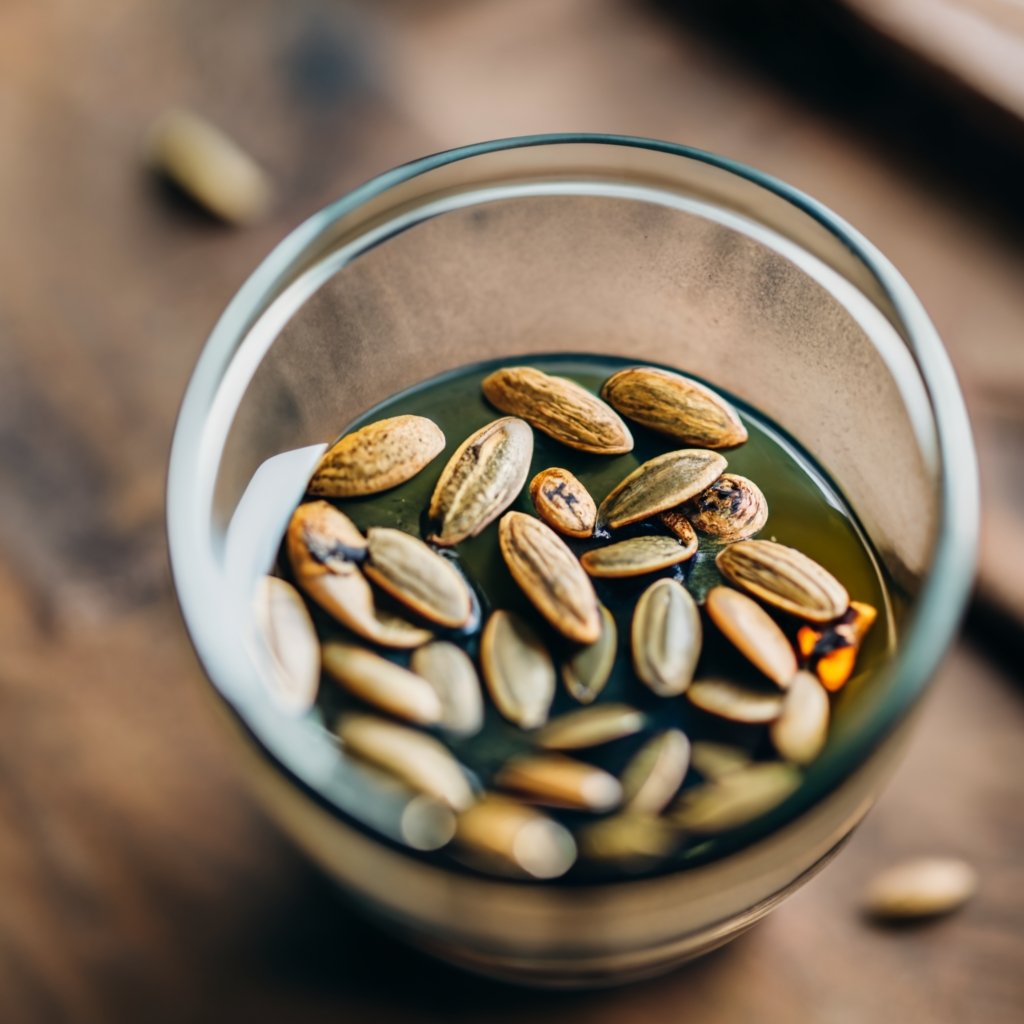
The Water Test
One popular method to check the viability of pumpkin seeds is the water test. Simply place your seeds in a container of water and observe. Generally, seeds that sink are considered viable, while those that float might be suspect. But remember, this test is not foolproof and should be used as a preliminary step.
Handy Hint: Use a clear container for the water test to easily observe the seeds’ behavior, aiding in a more accurate assessment.
The Germination Test (Paper Towel Method)
For a more reliable result, the germination test is your go-to method. Place the seeds between wet paper towels and keep them in a warm place. In a few days, check for sprouting. Sprouted seeds indicate viability and are ready to grace your garden.
Other Methods of Testing Seed Viability
Beyond the water and germination tests, there are other methods to ascertain seed viability. Here are four more techniques you might consider:
- The Pinch Test: Feel the seed’s texture. A viable seed is firm, not easily crushed.
- The Bag Test: Place seeds in a plastic bag with a damp cloth for a few days. Check for mold or a foul smell, which indicates non-viability.
- The Light Test: Expose seeds to light. Viable seeds are generally darker in color.
- The Growth Medium Test: Plant seeds in a growth medium and observe for germination signs, offering a real-world viability test.
The Most Accurate and Quickest Tests for Seed Viability
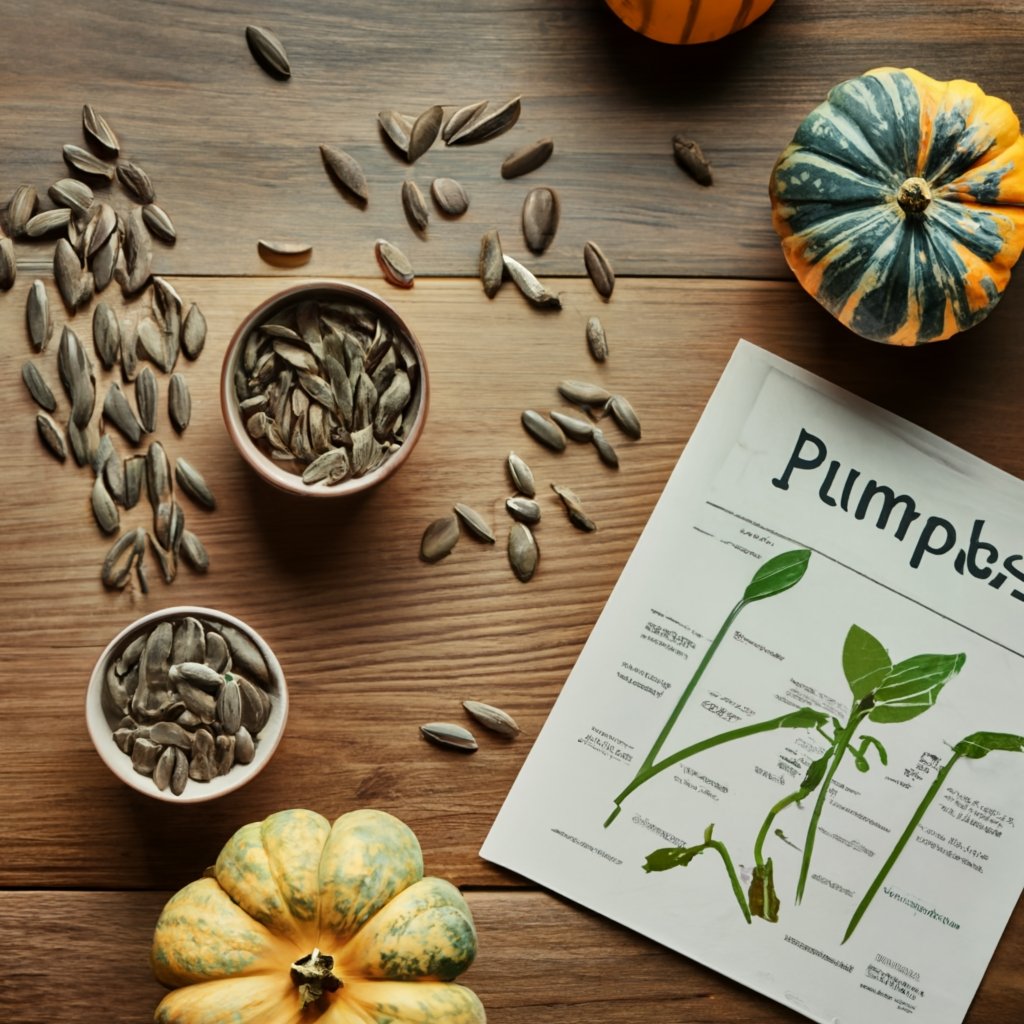
When time is of the essence, the germination test stands as a reliable and quick method to check seed viability. For a more comprehensive approach, combining it with the growth medium test can offer a detailed insight into the seed’s potential, ensuring a successful gardening venture.
| Test Method | Accuracy | Speed |
|---|---|---|
| Germination Test | High | Quick |
| Growth Medium Test | High | Moderate |
Armed with these testing methods, you are well-prepared to select the best seeds for a fruitful and vibrant garden. Happy gardening!
Tips for Increasing Seed Viability
For a bountiful harvest, it’s vital to start with viable seeds. Here, we share some top tips to enhance the viability of your pumpkin seeds, setting the stage for a successful gardening season.
Proper Storage of Pumpkin Seeds
Storing pumpkin seeds correctly is a game-changer. Keep them in a cool, dark, and dry place to prevent mold and deterioration. Using airtight containers can be a great help in preserving their quality.
Handy Hint: Label your seed containers with the date and variety to keep track of their age and characteristics.
How to Break Seed Dormancy
Breaking seed dormancy is like waking them up from a deep sleep. Sometimes, seeds need a little nudge to start growing. This can be achieved through stratification, a process where seeds are subjected to cold temperatures for a specific period to simulate winter conditions.
How to Increase Seed Viability
Boosting seed viability is often a matter of providing the right conditions. Ensure a nutrient-rich soil and proper watering habits. Moreover, rotating your crops yearly can prevent soil depletion, fostering a more conducive environment for seed growth.
| Tip | Description |
|---|---|
| Soil Enrichment | Add compost or manure to enrich the soil with essential nutrients. |
| Proper Watering | Water the seeds adequately, avoiding both underwatering and overwatering. |
| Crop Rotation | Change the location of your crops each year to prevent soil depletion and disease build-up. |
By adopting these strategies, you’re well on your way to nurturing seeds that are primed for growth, promising a garden that’s both vibrant and fruitful.
Frequently Asked Questions (FAQs)
Got questions about pumpkin seed viability? You’re not alone! Here, we tackle some of the most frequently asked questions to guide you on your gardening journey.
How long are pumpkin seeds viable?
Pumpkin seeds can remain viable for up to 6 years if stored correctly. However, it’s best to use them within the first few years for optimal germination rates.
Can all seeds be germinated in a paper towel?
Yes, most seeds, including pumpkin seeds, can be germinated using the paper towel method. It’s a simple and effective way to test seed viability before planting.
Can you save pumpkin seeds for planting?
Absolutely! Saving pumpkin seeds for the next planting season is a sustainable practice. Just ensure they are clean, dry, and stored properly to maintain their viability.
Handy Hint: To save pumpkin seeds, clean them thoroughly to remove any pulp, and let them dry completely before storing.
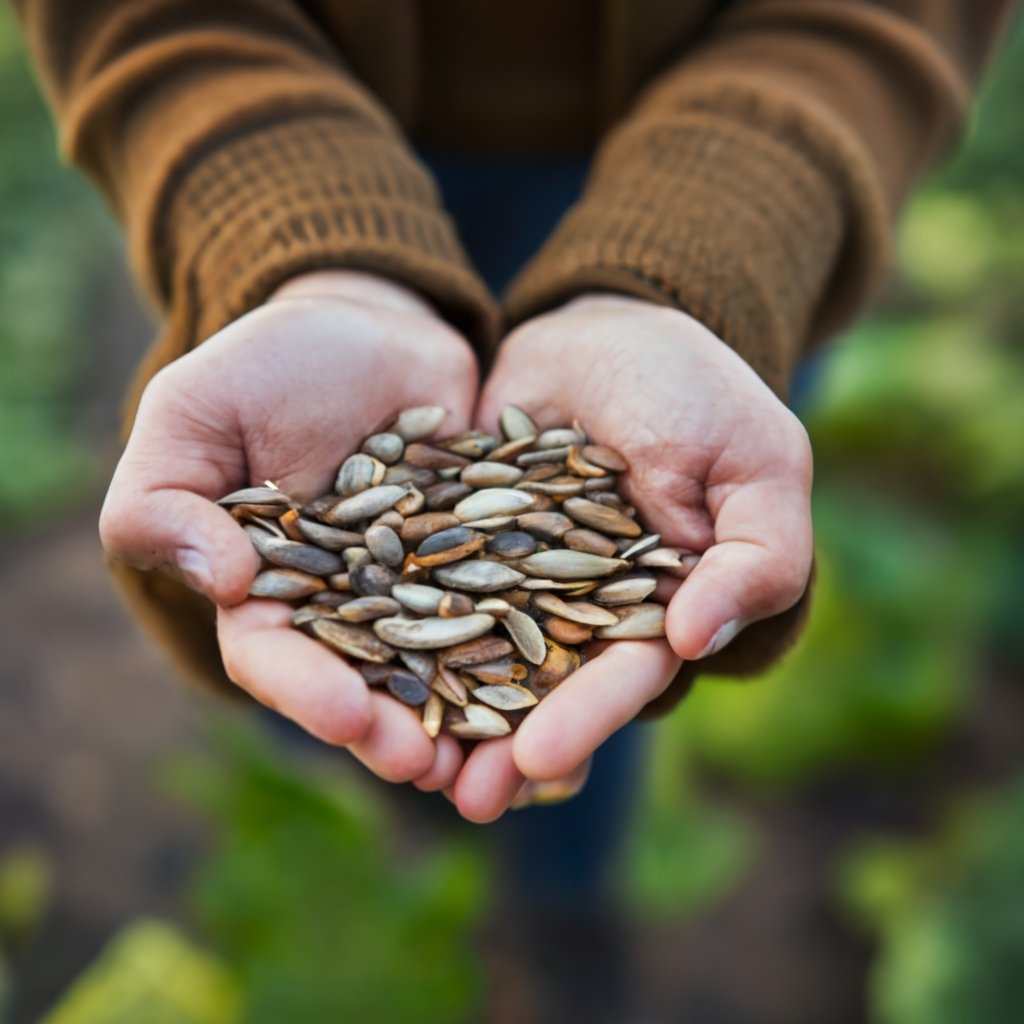
What is the most accurate test of viability of seeds?
The germination test is considered the most accurate method to determine seed viability. It involves placing seeds in a moist environment and observing if they sprout.
What are the three factors that affect seed viability?
The three main factors that influence seed viability are storage conditions, seed age, and the initial quality of the seed.
What are the two methods of seed testing?
The two primary methods of seed testing are the water test and the germination test. Both provide insights into the potential success rate of your seeds.
Will immature seeds germinate?
Immature seeds have a lower germination rate compared to mature seeds. It’s best to use fully developed seeds for a higher chance of successful sprouting.
Can you dry seeds in the sun?
Yes, seeds can be dried in the sun, but it’s better to dry them in a shaded, well-ventilated area to prevent potential damage from intense sunlight.
We hope this section has shed light on your seed viability queries, helping you step confidently into the gardening season. Happy planting!
Conclusion
As we wrap up, remember, the secret to a bountiful harvest starts with viable seeds. It’s your golden ticket to a lush, fruitful garden. Don’t leave it to chance!
Testing your pumpkin seeds before planting is more than a precaution; it’s a wise gardening strategy. It saves time, effort, and promises a garden teeming with vibrant pumpkins.
Handy Hint: Make it a habit to test your seeds’ viability before the planting season kicks in. It’s a small step with big rewards!
So, gear up, gather those pumpkin seeds, and get testing. Your future pumpkin patch will thank you.
